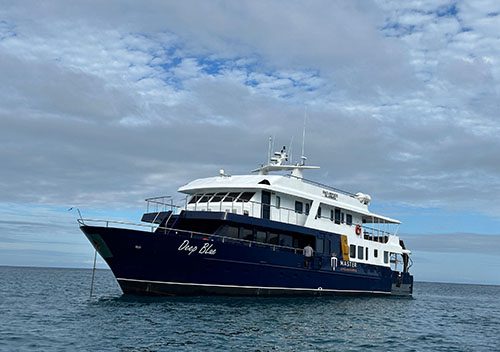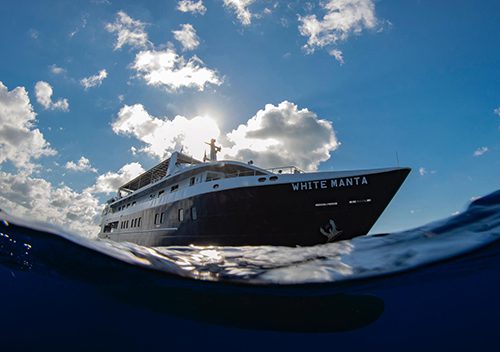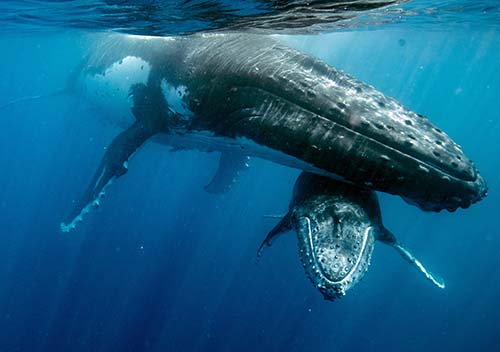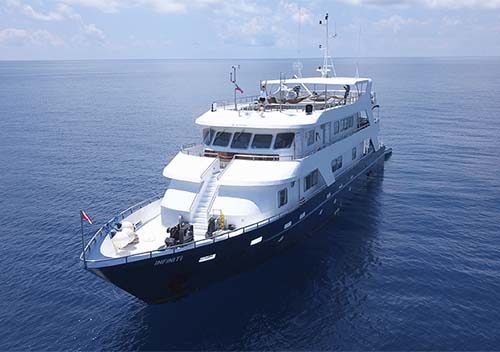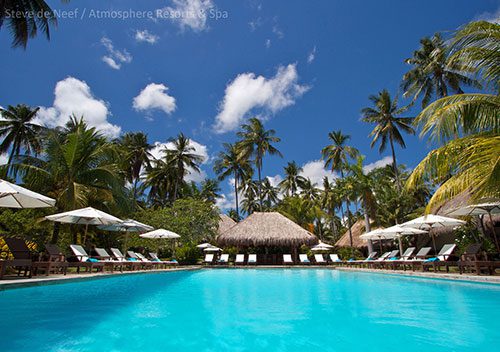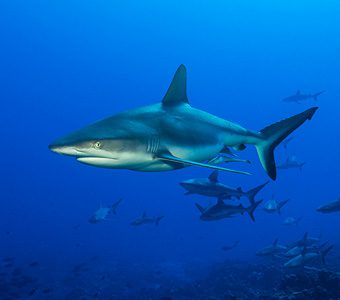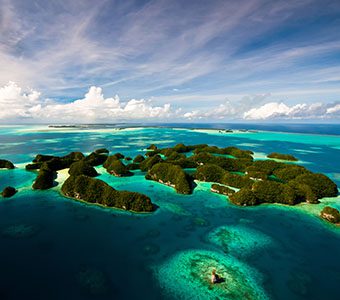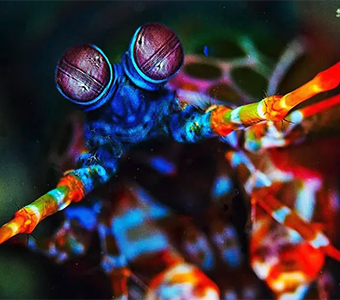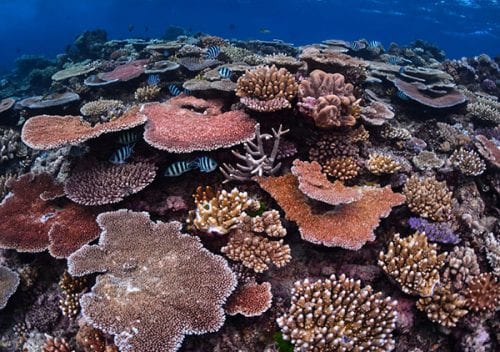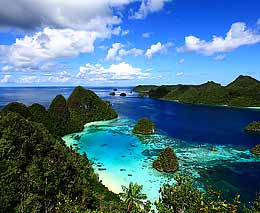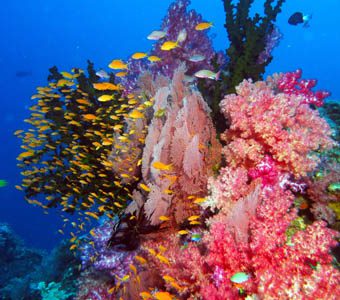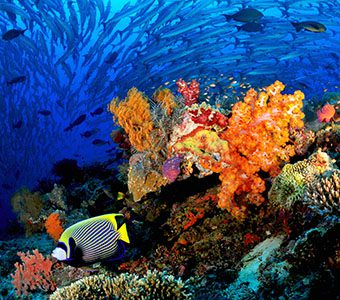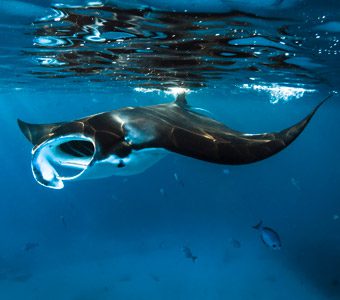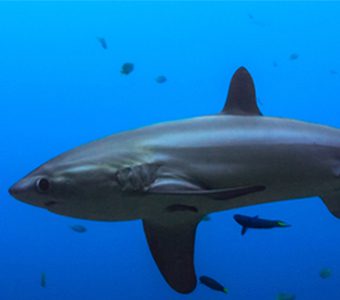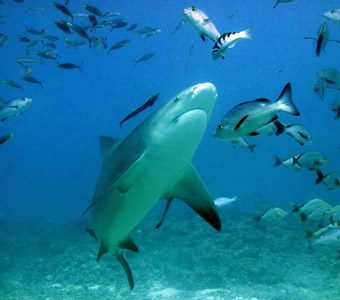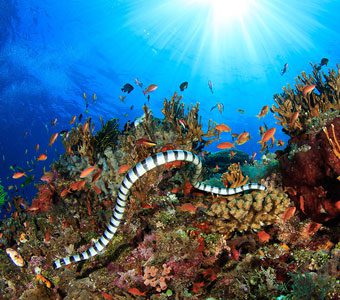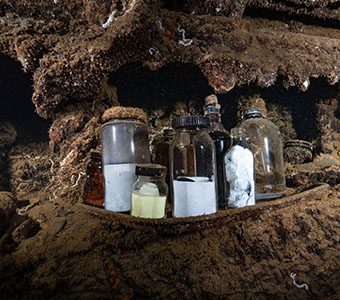Diveplanit Travel
Welcome to Diveplanit Travel, your personal dive travel agency. We’ll take you to the best scuba diving locations in the world.
Diveplanit is your personal dive travel agency. Wherever and whenever you want to go diving, we’ll find the right package just for you. Not sure where you want to go? Subscribe to our newsletter and we’ll send you inspiring articles and all the latest special offers. Choose your dive experience using our guides to find the best wreck dives, coral reefs, where to go muck diving and where to see the big stuff – sharks, manta rays, turtles, whales and whale sharks. We’ll even show you where to learn, where to get a luxury diving experience and where to take your family diving and the best time of year to visit. So what are you waiting for? Pool’s open folks – call us now to organise your next dive holiday!

